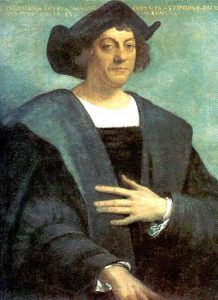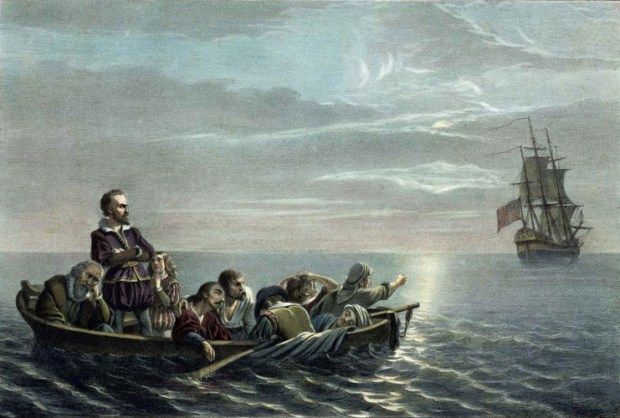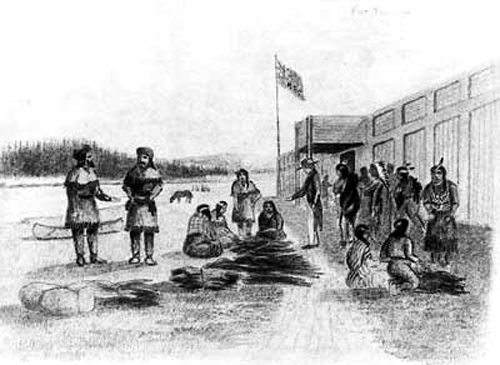
Lewis and Clark on the Lower Columbia River
The story of America’s exploration goes back centuries, beginning with the Vikings’ settlement of Greenland in about 980 AD and Newfoundland in about 1000 A.D. The Viking voyages, however, were unknown to the Old World Europeans until the late 1400s. In the meantime, European nations launched several expeditions in search of a Northwest Passage to East Asia to establish a shorter trade route to China than the Silk Road.
On August 3, 1492, Christopher Columbus set sail from Spain and discovered the Bahamas, Cuba, and Hispaniola. News of his find spread quickly throughout Europe and opened the New World.
Italian navigator and explorer Giovanni Caboto (known in English as John Cabot) is credited with the discovery of continental North America on June 24, 1497, under the commission of Henry VII of England. Though the exact location of his discovery remains disputed, the Canadian and United Kingdom governments’ official position is that he landed on the island of Newfoundland.
In 1499 João Fernandes Lavrador was licensed by the King of Manuel I of Portugal. Together with Pêro de Barcelos, they reached Greenland and sighted Labrador for the first time, which was granted and named after him. Nearly at the same time, between 1499 and 1502, the brothers Gaspar and Miguel Corte Real explored and named the coasts of Greenland, Labrador, and also Newfoundland.
It was soon understood that Columbus had not reached Asia but found what was to Europeans a New World, which, in 1507, was named “America.” More and more Europeans began to make the voyage in search of a quicker route to Asia, land, and resources to claim for their home countries.
After two failed attempts to reach East Asia by circumnavigating Siberia, Henry Hudson sailed west in 1609, sailing up the Hudson River on September 11, 1609, in search of a fabled connection to the Pacific via what was the Great Lakes.
Various countries continued multiple expeditions through England’s colonization of the Atlantic coast in the 17th century. After the foundation was laid for the United States of America, frontiersmen, trappers, and traders pushed westward. Beyond these men, numerous more followed, looking for fame and fortune in the vast West.
Many of these explorers and frontiersmen were the first non-Indians to see the vast regions of the American West. Leaving civilization behind and following rivers, crossing great plains, and scaling mountains, these men paved the way for the many pioneers and fortune seekers who followed in their footsteps.
The fur trade history is filled with stories of adventure, daring, and savage warfare. The competition was stiff in the fur trade, and not only were they involved in hostilities with the Indians, upon whose land they trod, but also against each other, competing fur trade companies, and other countries who claimed the land upon which they did business. Their isolated lives in the wilderness also included extreme temperatures, blizzards, and battles with wild beasts, many tales of which can never be known.
©Kathy Alexander/Legends of America, updated February 2023.
Also See:
Explorer List – Index to American Explorers



